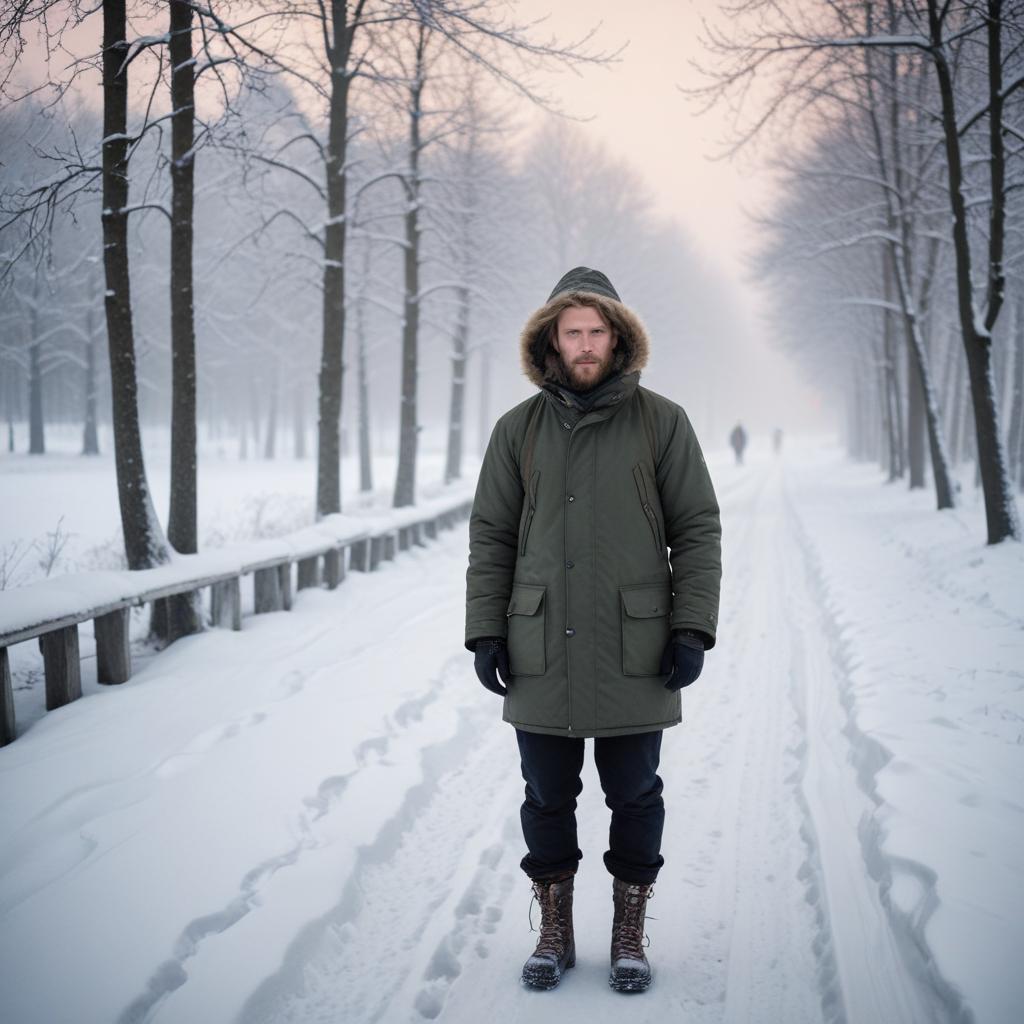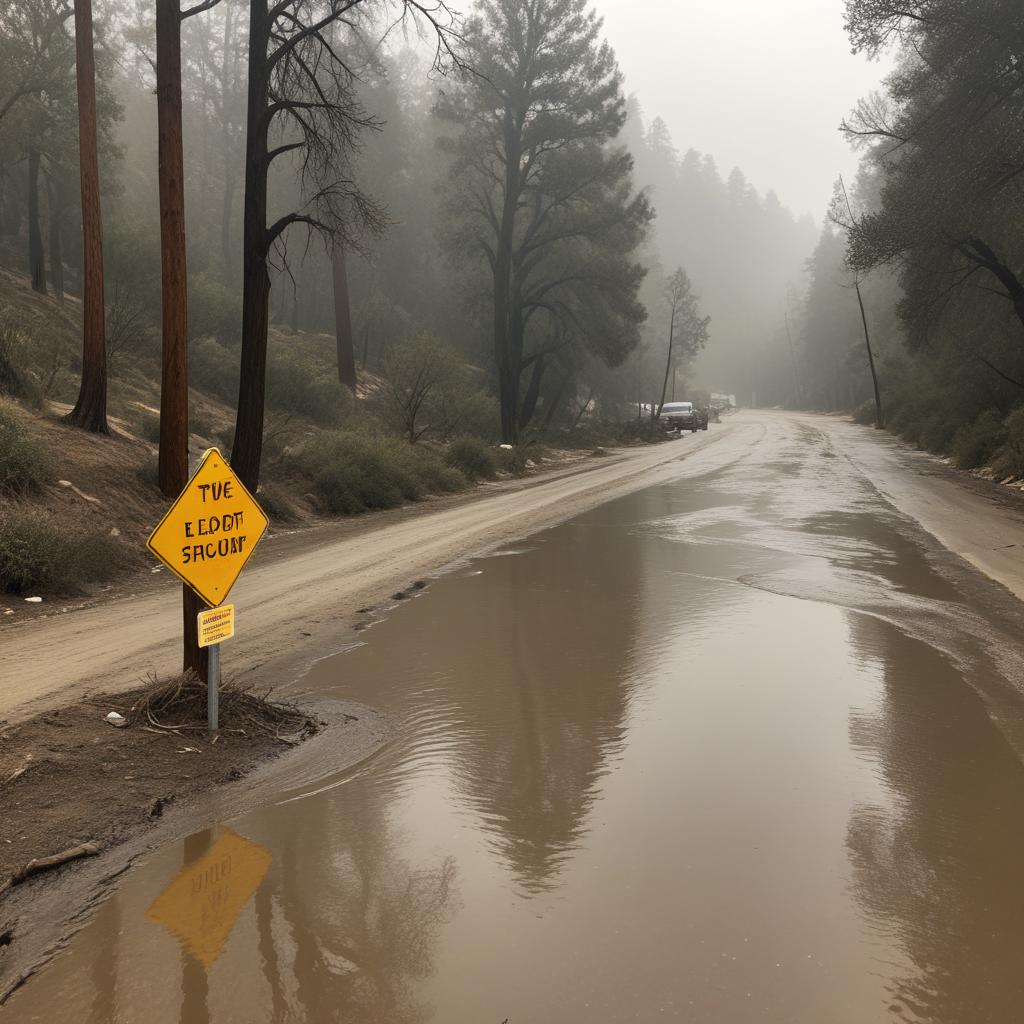Scandinavians are masters of dressing for forbidding winter weather. This article, drawing on 15 years of lifestyle writing and advice from Nordic locals, reveals 8 essential products—including waterproof boots, wool base layers, half-finger gloves, long puffer jackets, heated socks, safety reflectors, all-weather jackets, and balaclavas—that ensure warmth, practicality, and style through the long, chilly months.
Scandinavians know how to dress for forbidding weather. The long Scandinavian winter, which typically stretches from November until late March, demands layers of clothing and plenty of protection against the cold. While temperatures can plummet to -30C (-22F) farther north in Sweden and Norway, winters farther south in Sweden, Norway and Denmark tend to be milder and wetter, requiring breathable materials that also withstand rain. Moving abroad to the UK and then returning to Sweden, I realized how underdressed people were outside Scandinavia. It became even more obvious after having kids and noticing how we always try to dress them appropriately, including several layers of clothing that are finished off with a pair of thick shell pants. Fifteen nostalgic gifts in the US that will take you back to simpler times Read more To help non-Scandinavians and Scandinavians alike dress fearlessly for the chilly months ahead, I’ve gathered eight favourite products you’ll spot on the streets and slopes across the Nordic region right now. I’ve honed these insights writing about lifestyle topics, including fashion, for 15 years. Plus, I founded my own accessories brand. For this piece I also sought the advice of nine people in both Scandinavia and Finland. Winter boots Photograph: Courtesy of Bobleisure Unisex $212.95 at BobLeisure In Stockholm, sturdy winter boots are an essential, and fashion often takes a back seat to dry feet. Polyver boots, made in Jämtland in northern Sweden, are waterproof and feature a special “Cli-Tech” material. The company says these are made up of millions of encapsulated air bubbles that make them ideal for cold conditions. Originally a favourite among nature enthusiasts, they’ve become a go-to for city dwellers in recent years. In Stockholm, winters can range from 10C (50F) to -15C (5F), with anything from slush and bare streets to a full metre of snow. “I can’t have a separate pair of shoes for every type of weather – ideally, I want one pair that works across the board,” says Kajsa Lindholm, a teacher based in Stockholm. “Polyver boots have that dressing-gown or pyjamas feel – you just slip them on and head out.” Another option is the Canadian Sorel boot, which is waterproof and, as I’ve spotted, is frequently worn by Finns. Men’s $225 at Sorel $225 at Nordstrom Women’s $224.95 at Amazon $225 at Sorel Wool base layer Photograph: Courtesy of Icebreaker Men’s $105 at Icebreaker $105 at REI Women’s $73.50 at Icebreaker Step inside a preschool in Scandinavia and you will find children and adults alike wearing at least three layers of clothing. In Finland, the wool base layer is a winter essential, especially in cold and wet conditions, since wool retains heat even when damp. For Werneri Varhanen, founder of a clothing brand in Helsinki, that typically means wool as a base, then fleece, followed by a winter jacket or light puffer, topped with a waterproof and windproof shell. “That way, you can adjust to a variety of temperatures and conditions just by adding or removing a layer,” he says. “For wool base layers, a personal favourite – and quite popular here – is the New Zealand brand Icebreaker. But I also like Norway’s Devold.” Half-finger gloves Photograph: Courtesy of Hestra Unisex $45 at Hestra $44.95 at Amazon The half-finger glove, also called the “market glove”, was originally designed to make it easier to handle goods and money at outdoor markets in cold conditions, when fingers needed to stay free. Denmark’s mild winters, combined with Copenhagen’s bike-friendly streets, have made them popular for a different reason – allowing an active lifestyle while staying warm (and stylish). Danes ride year-round – and their wardrobes reflect it. Clothes need to be practical and functional, yet never at the expense of looking good. “The bike culture is huge here and in the last few years the winters haven’t been as cold as they usually are,” says Teodora Kolchagova, a brand and communications manager in Copenhagen. “I love the half-finger gloves – Hestra does really nice ones in wool.” Long puffer jacket Photograph: Courtesy of Alta The long puffer jacket has faced some undeserved ridicule in Sweden in recent years for its bulky shape and supposed lack of style. Often nicknamed the “mother sausage”, it’s commonly spotted on mothers with young babies out on stroller walks. While Swedish fashion journalist Samanda Ekman argues that the coat represents “anti-fashion”, author Johanna Schreiber sees it as a symbol of “women’s liberation”. The coat’s popularity is easy to understand: filled with down, it’s loved for its cocoon-like warmth. “It’s like wearing a duvet,” says Nina Lindesvärd, an engineer in Stockholm, who wears a black long puffer from Samsøe Samsøe. “It’s also great for wearing with a skirt underneath – or the opposite: sweatpants for a grocery run, and no one will notice. In general, I don’t like coats that don’t cover my behind.” While Lindesvärd’s jacket is only available for women, Rains does an excellent version for both women and men (my husband has one). Men’s $550 at Rains Women’s Sign up to The Filter US Free weekly newsletter A guide to buying fewer, better products. Enter your email address Sign up Privacy Notice: Newsletters may contain information about charities, online ads, and content funded by outside parties. If you do not have an account, we will create a guest account for you on theguardian.com to send you this newsletter. You can complete full registration at any time. For more information about how we use your data see our Privacy Policy. We use Google reCaptcha to protect our website and the Google Privacy Policy and Terms of Service apply. $550 at Rains Heated socks Photograph: Courtesy of Amazon Unisex Non-compression version on Amazon, batteries included: $444.95 at Amazon Compression version on Amazon, batteries included: $479.94 at Amazon The most traditional Scandinavian sock is the hand-knitted wool sock, worn either on its own or layered over another sock inside shoes. Many families have someone who makes them, but if bought, they usually come from flea markets or directly from local makers. For Juho Pihlajaoja, a freelance stylist in Helsinki, it is a colourful version in blue, green and orange. “I’m sitting on a lounge chair post-sauna wearing a pair right now,” he says. As clothing has become more technical, however, many Scandinavians swear by knee-high socks heated with rechargeable batteries. “They are incredible,” says Sophie Snell, a photographer based in the Swedish ski destination Åre, of her socks from Lenz. “It’s something I truly can’t live without – or work without, for that matter.” Lenz socks can be pricey, though Snell says: “I’ve had the same pair of socks for almost seven years now and they still haven’t broken.” These cheaper alternatives have decent reviews on Amazon – though here at the Filter we don’t have personal experience of them. Amazon rechargeable electric heated socks $79.99 at Amazon Pedestrian safety reflector Photograph: Courtesy of Amazon $14.99 at Amazon They may be tiny, but they make a huge impact during the dark Scandinavian winters. The pedestrian safety reflector, originally invented by Arvi Lehti in Pertteli, Finland, in 1963, is incredibly common. You’ll see them clipped to jackets and bags everywhere, especially since it gets dark so early in winter. According to the Finnish Road Safety Council, a person is normally visible in car headlights at 50 metres (165ft), but with a reflector, visibility increases to 350 metres (1,150ft). “It’s a typical Finnish thing – a little plastic piece you attach to your sleeve, in its most classic form, so you can be seen in the dark,” says Elna Nykänen Andersson, a Finnish native now working as a diplomatic counsellor based in Tokyo. “There are loads of different designs, but I wear the classic snowflake.” I haven’t been able to find this exact snowflake design on sale in the US, but based on my research this is a close contender. Allværsjakke – the ‘all-weather jacket’ Photograph: Courtesy of Fjallraven Women’s $530 at Fjällräven $530 at REI Men’s $800 at Houdini Sportswear Norway is known for its strong hiking culture, which has also shaped its outdoor fashion. The top priority for Norwegians is to dress according to the weather – and there’s even a local word for the jacket: allværsjakke, meaning “all-weather jacket”. Originally a simple raincoat or anorak, it has evolved into a more technical garment, such as a parka, perfect for unpredictable weather. “I love that it’s waterproof and lined, so it’s warm and can handle all kinds of weather,” says Oslo-based journalist Vibeke Stiansen, who recommends these parkas from Fjällräven (for women) and Houdini (for men). And like many Scandinavians, she layers underneath it. “I would typically wear a basic T-shirt or shirt with jeans or tailored trousers, and then a lovely knitted jumper on top – either a short one in cashmere or merino wool, or a long, oversized style, preferably in wool or a mohair blend,” she says. Balaclava Photograph: Courtesy of Malina Women’s $155 at Malina Men’s $139 at Cos This hat, which covers large parts of the head and face, has become a fashion statement. “I love my balaclavas,” says Stockholm-based Sara Brandt Zaric, a communications professional, who owns three versions – and recommends this one from Malina (for women) and Cos (for men). Cos also does a lovely version for women, but it’s currently out of stock in the US. “I think there’s something beautiful about how a balaclava frames the face,” says Brandt Zaric.” Above all, it’s incredibly practical – especially if it extends a bit down over the chest and back, and is easy to pull down. It keeps you warm without any gaps, protecting against both snow and wind. And you don’t lose it if you pull it back off your head. I hate being cold, yet I still want to dress for work and city life, even when it’s freezing.”



